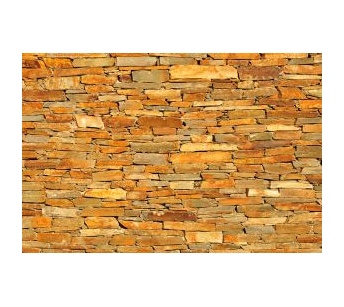 If you want a wonderful hardscaping element in your yard that will withstand the test of time, consider a dry stack wall. A dry stack wall can be beautiful, study and increase the value of your home and property.
If you want a wonderful hardscaping element in your yard that will withstand the test of time, consider a dry stack wall. A dry stack wall can be beautiful, study and increase the value of your home and property.
In this post, I’ll tell you all about dry stack walls and how you can create one yourself.
Dry stack walls are stone walls that use no mortar to hold the stones in place. You might say that this is an old fashioned way of building, but truth be told that it was the way to go for early homesteaders and farmers, who would build dry stack walls as they cleared their lands or to build foundations. Many of these walls are still standing, despite the fact that the homes have long disappeared and the farmland has been taken over by forest. (A good place to witness this in action is at a little place in Southern Connecticut called Hartman Park.)
The main thing to know about dry stack walls is that the stones need to be carefully fitted. This requires a lot of patience, although you can proceed at your own pace. Most of the time, you’ll want nice flat stones to build your dry stack wall.
The first thing to do when building a dry stack wall is to put in a good base for the wall. You’ll want a nice gravel base that is tamped down and at least six inches deep.
The next thing is to decide whether you want to “fill” your wall. You can either use only flat stones for your entire fall, or you can create an “outline” with the flat stones, filling the middle of the wall with small stones and gravel. This is a time saving method, and it works especially well on wide dry stack walls.
Save your largest stones to cap off the top of your wall. Not only will this hide the fact that you filled your wall, if you did, but it will also give the wall a very finished look. Large stones on the top of the wall also increase its durability.
Mary Ann Romans writes about everything related to saving money in the Frugal Blog, creating a home in the Home Blog and caring for little ones in the Baby Blog. You can read more of her articles by clicking here.
Related Articles:
Involving Kids in Fall Cleanup

